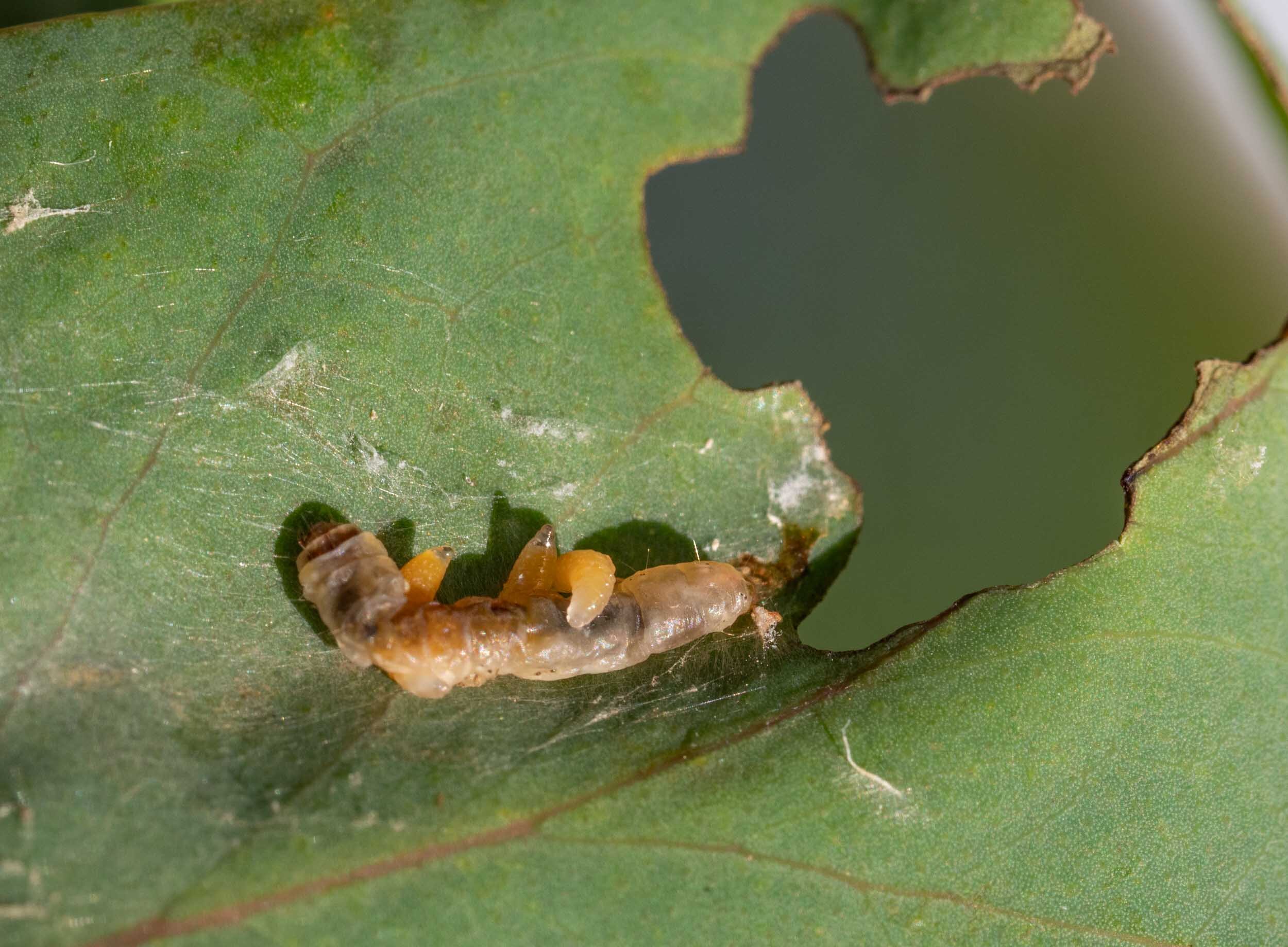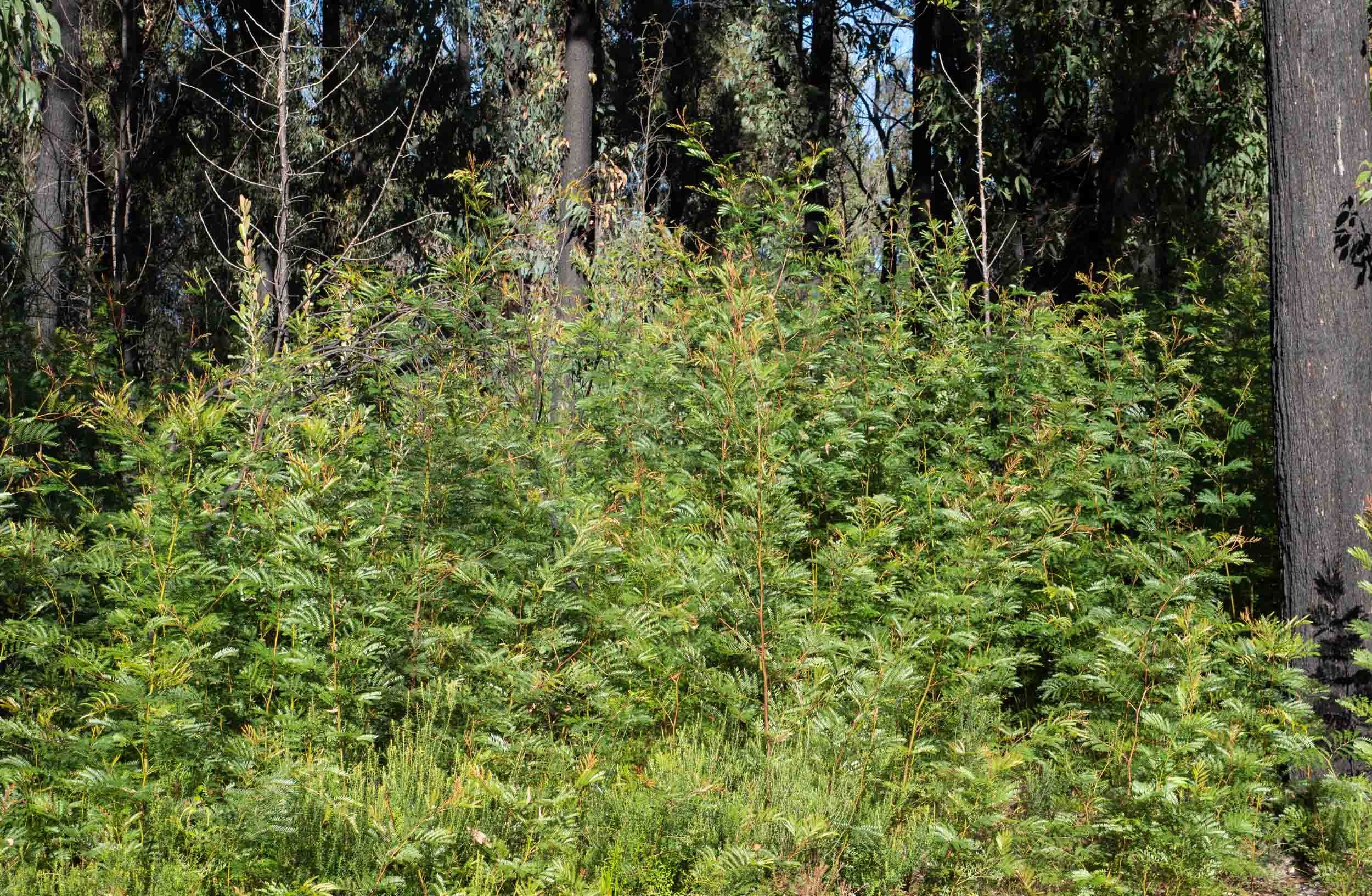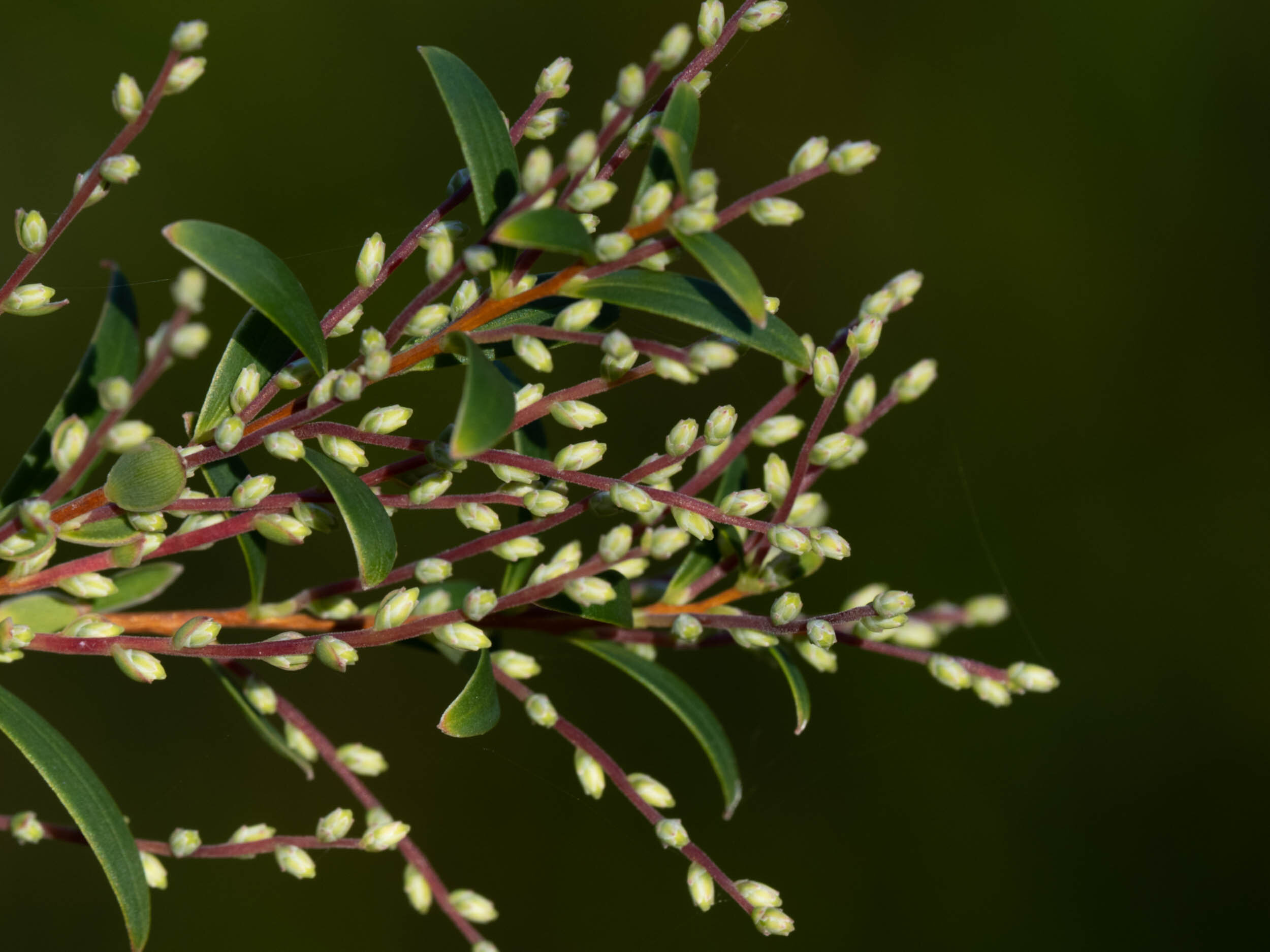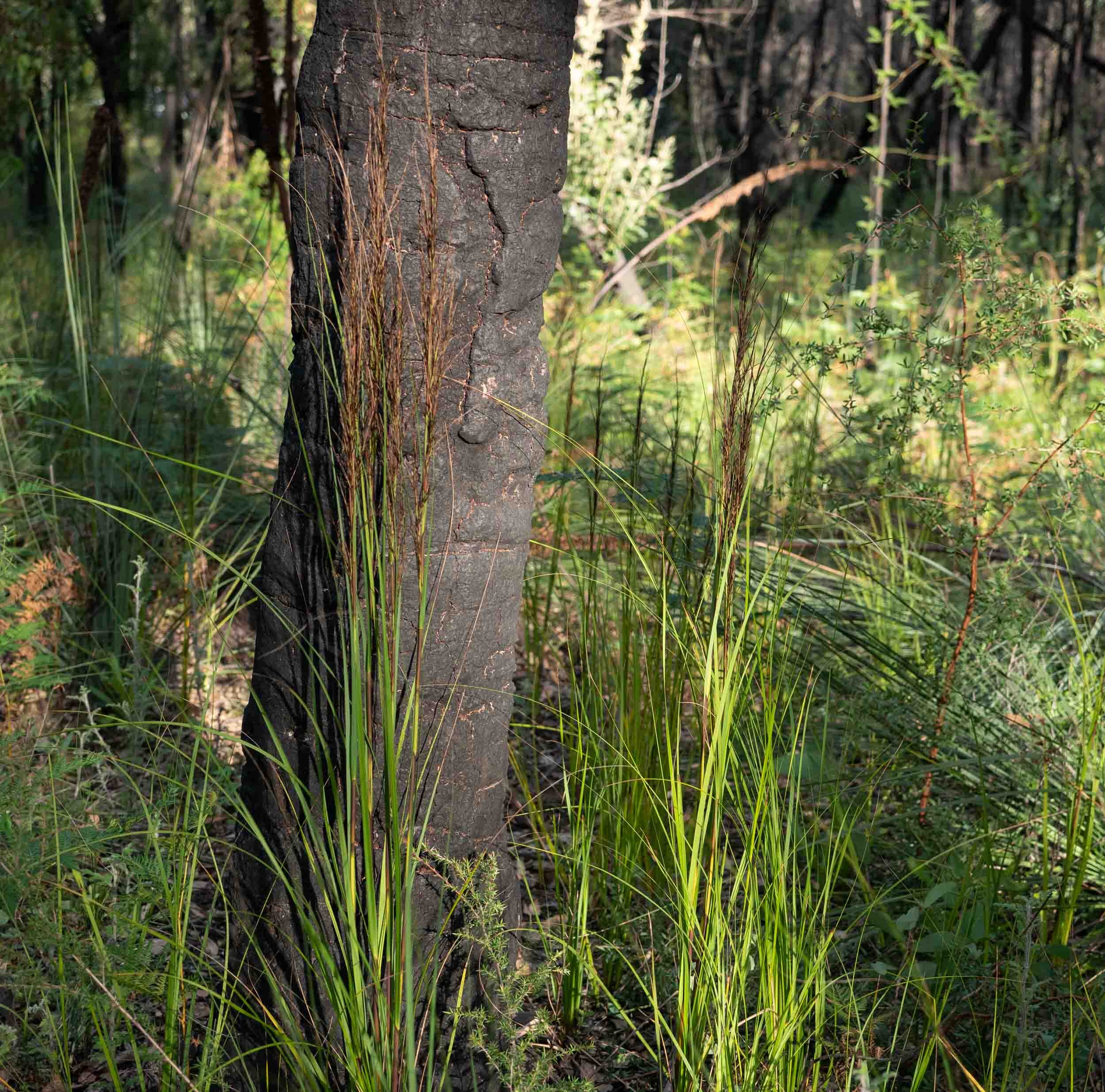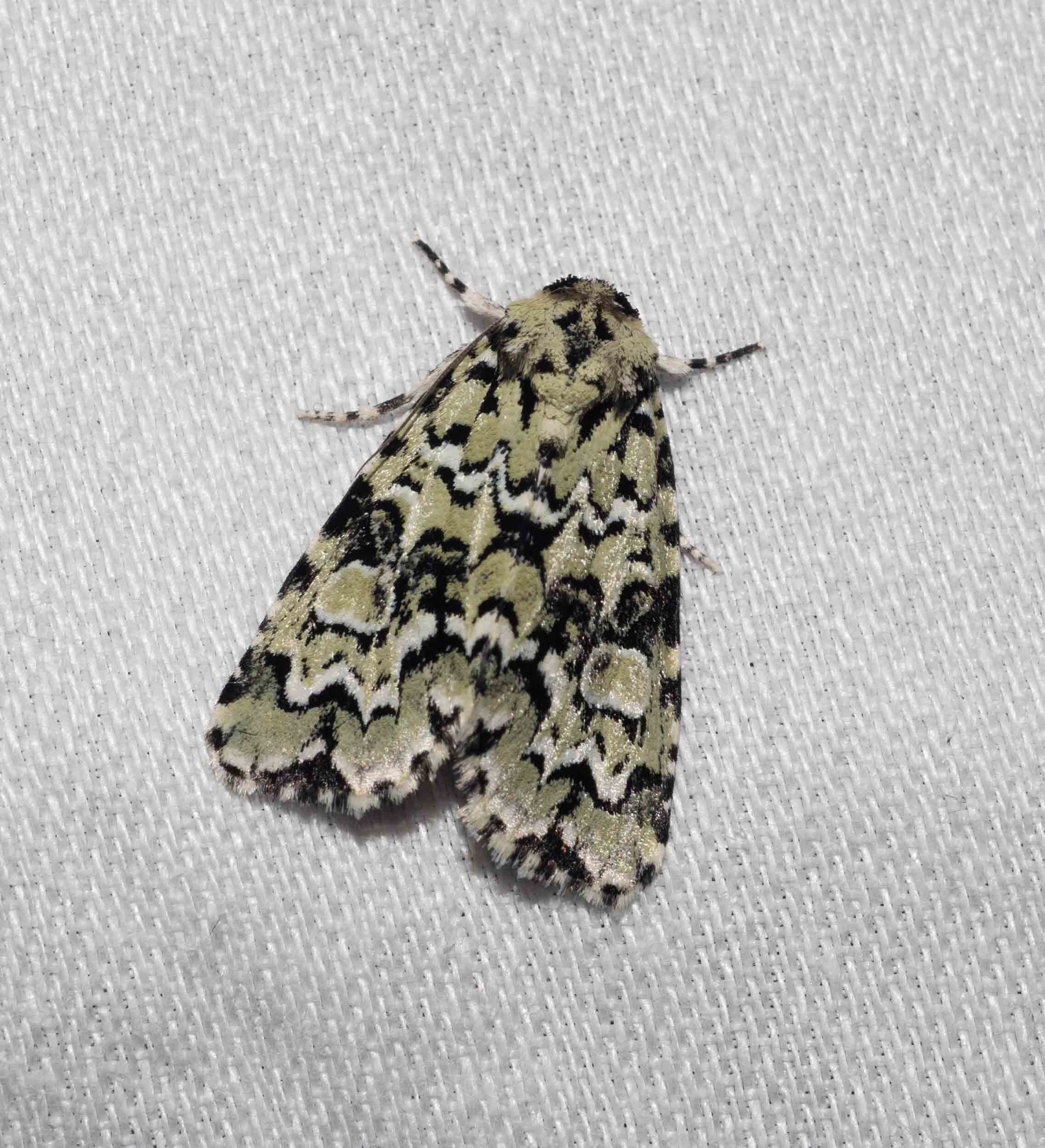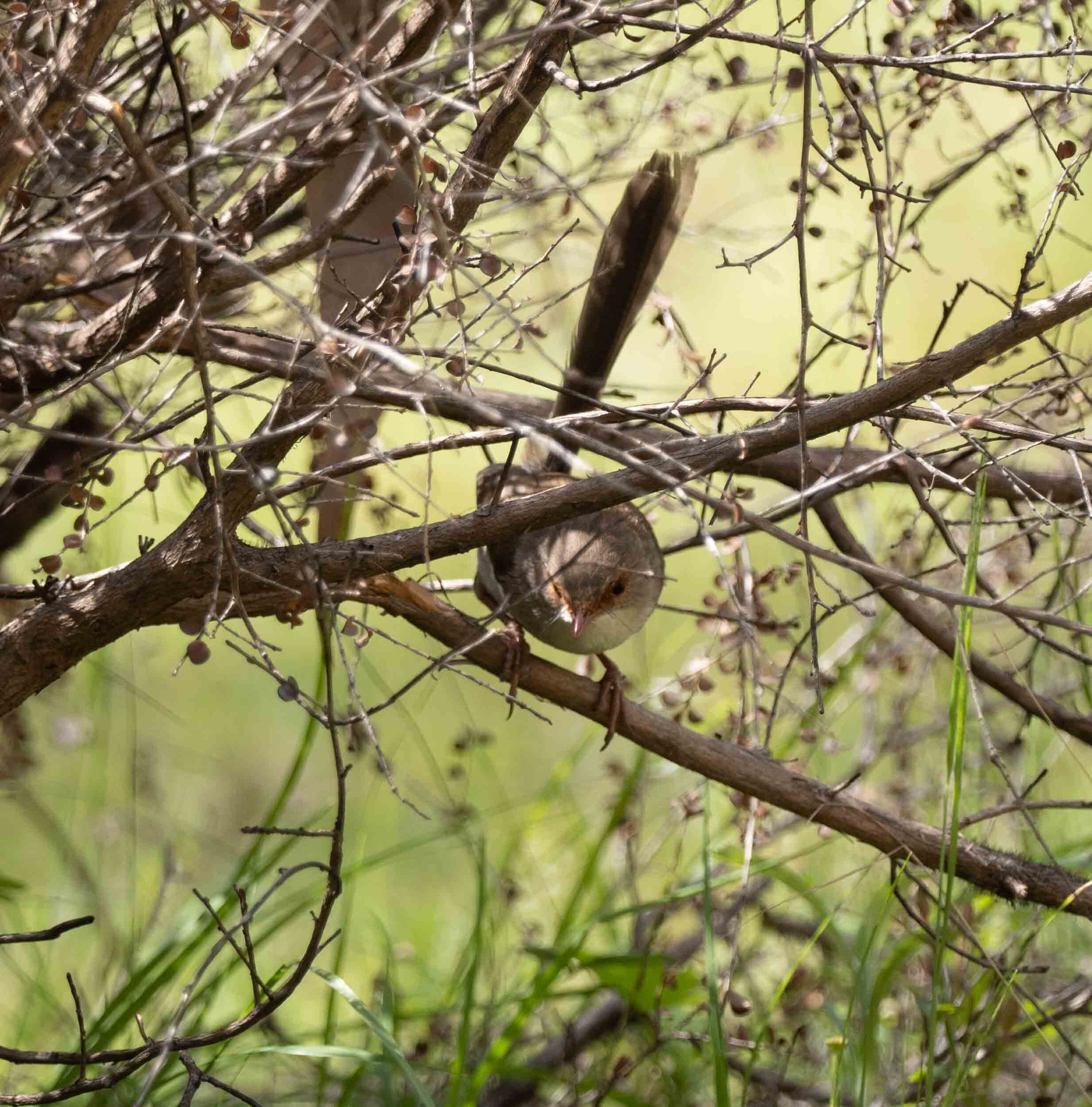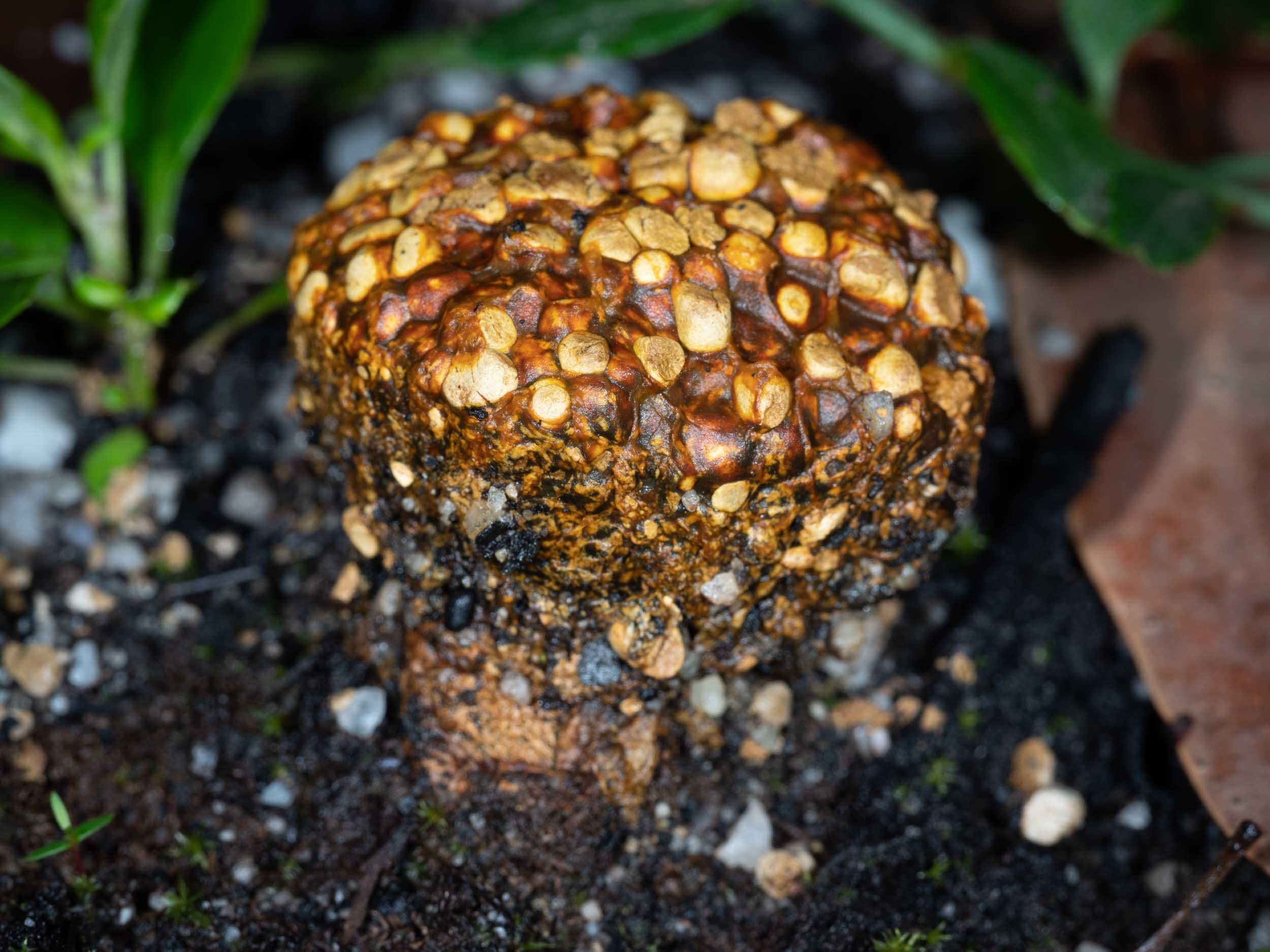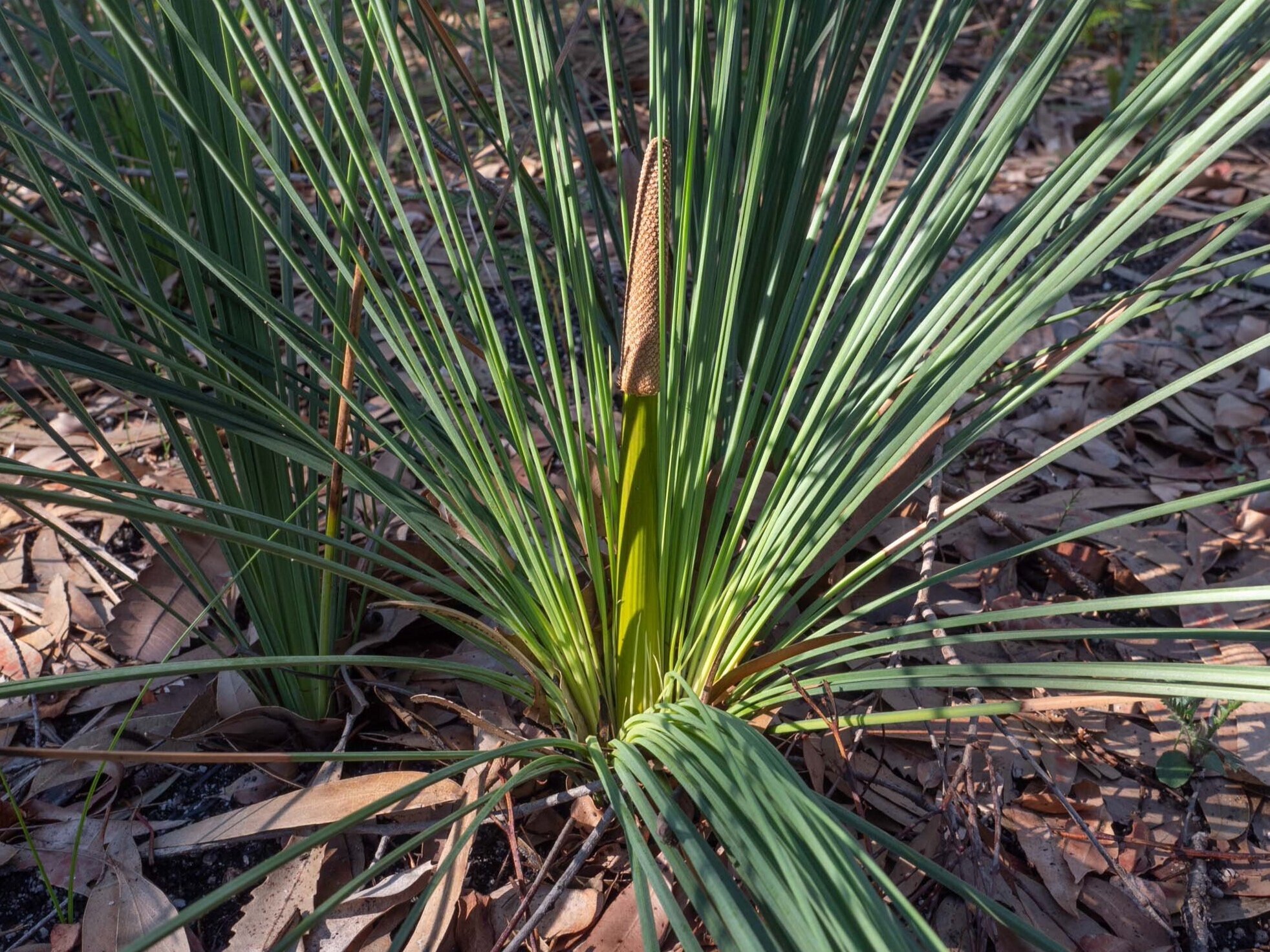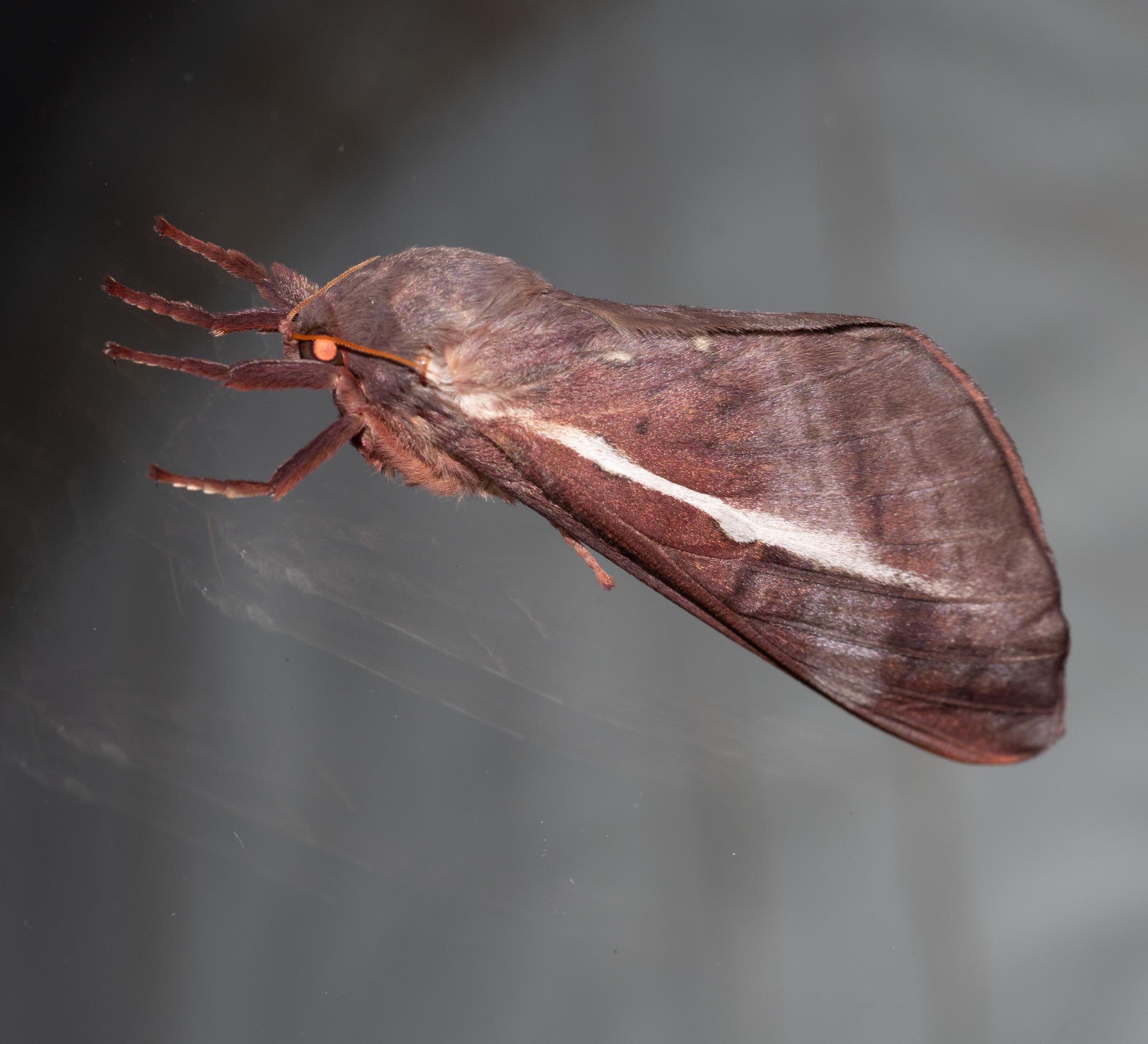A nascent ecosystem - epicormic eucalypt growth
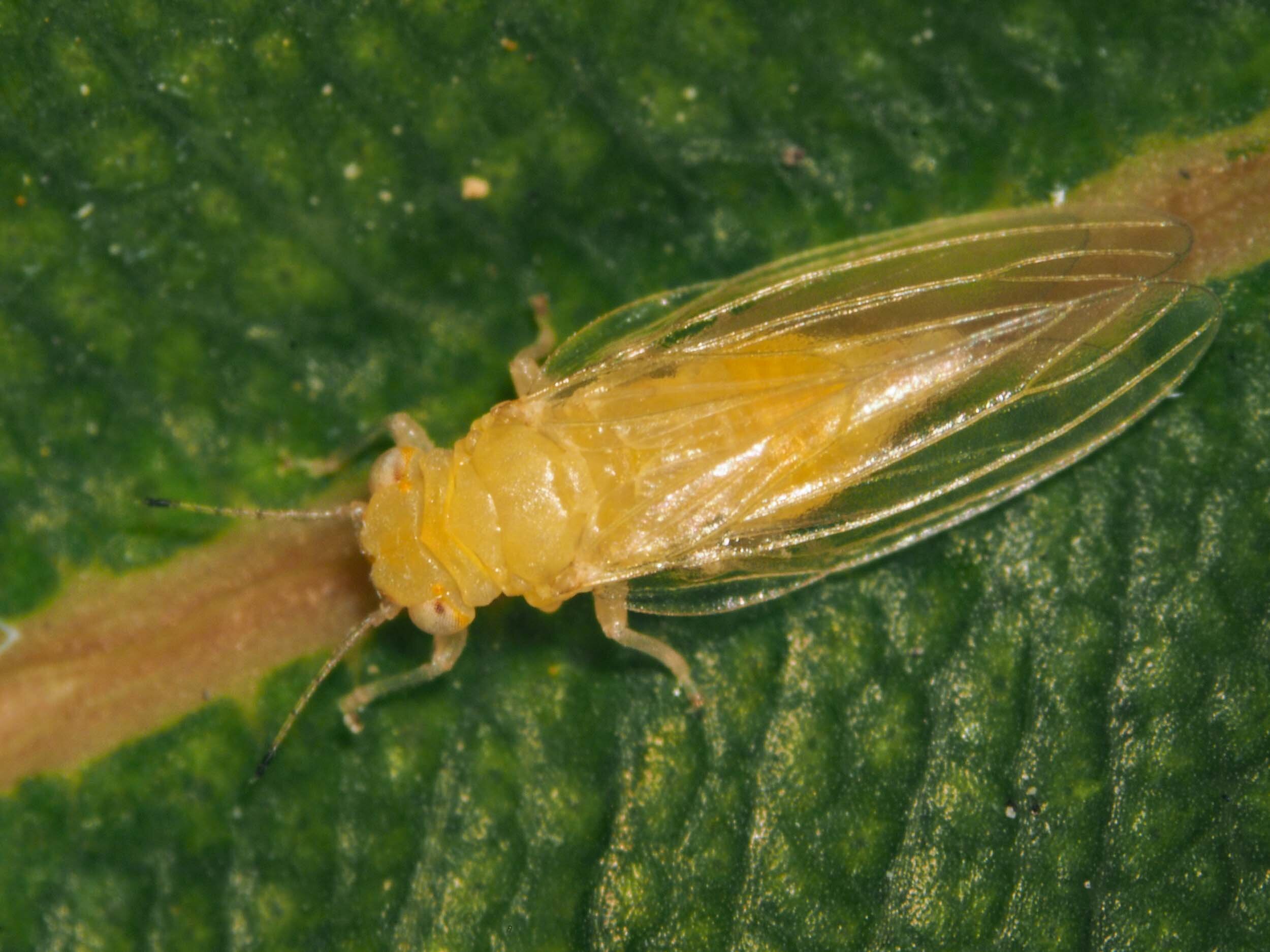
The quite sudden appearance of epicormic growth on the trunks of eucalypt trees has provided opportunities. For insects and birds, new habitat to be exploited. For us, access to a class of vegetation and its associated ecosystem that is normally well out of reach in the forest canopy.
We’ve spent the last week or two observing who has moved into this new, strange-looking, middle storey. This level of the forest has till now been vacant as all of the shrubs and low trees that define it were destroyed in the fire that swept through the forest on Jan 5.
But it’s now a very busy place! Herbivorous insects, parasitoids, predators of both the insect and bird variety - they’re all there already.
Herbivores make their presence felt
Even a casual look at the epicormic growth shows that something is at work here. It is lush, but also damaged in many places, bearing the unmistakeable marks of insect attack.
It doesn’t take too much digging to discover who is responsible for this damage. Just peel back a folded leaf or two and the culprit is revealed.
Yes, it’s a caterpillar. It folds back the edge of a leaf and then uses silk to fasten it in place. From this secure shelter, it ventures out to graze on the surrounding vegetation.
We’ve found at least two species of lepidopteran larvae in the epicormic growth. We’re pretty sure they’re moth larvae, but are unsure of the species at this stage. We’re raising them through to the adult stage to confirm our predictions. One has already pupated, so we won’t have to wait long to find out.
Update 18 May: One of these pupae, which developed from the caterpillar shown in the images above, eclosed as an adult moth yesterday. The pupal period was one month.
We’ve identified it as Strepsicrates macropetana, common name the Eucalyptus Leafroller. That fits!
Update 20 August: Two other caterpillars, which I found feeding on epicormic Mountain Grey Gum foliage (photos above), emerged as adults 3 months after entering pupation (see images below). Glenn Cocking from ANIC has now identified these moths as Pataeta carbo, a member of the small family Euteliidae.
Lepidopteran larvae make wonderful hosts for parasitoids (parasites that ultimately kill their host) and these caterpillars are no exception. We discovered a caterpillar on a leaf with a number of parasitic fly larvae emerging from its body.
A bit gruesome, but living inside the body of another animal as you grow has its advantages. You have a ready food source in the form of the body tissues of your host. And you don’t have to expose yourself to the precarious external world until you’ve completed your development.
Birds get in on the act
We weren’t the only ones searching for insect life in the epicormic vegetation. In fact, we were first alerted to the possibility that interesting creatures might be around after observing the antics of a female Satin Bowerbird.
She was perched on the burnt trunk of a bush, gazing intently into the nearby vegetation. She would occasionally jump into the middle of the epicormic growth and then fly to the ground, searching for whatever she had knocked down from the leaves. Caterpillars like those we discovered would have surely been amongst her finds.
A nearby Grey Butcherbird did not appreciate the competition for this food source, repeatedly swooping the Bowerbird.
Other insect players in the epicormic story
A search of the eucalypt leaves uncovered a range of insects - leafhoppers, weevils, leaf beetles, winged ants, wasps, sawflies and bristle flies. Some of these would have been grazing on the leaves (weevils), or sucking sap from stems or leaves (leafhoppers). Others would be searching for a leaf on which to lay their eggs (sawflies) or an insect host to parasitise (flower wasps).
Fuzzy bugs on fuzzy trees
Many branches of Eucalyptus globoidea epicormic foliage had a fuzzy appearance. The reason became clear when the branches were viewed under the microscope.
The fuzziness is due to strands of a waxy material produced by psyllid nymphs - the species in this case is Ctenarytaina sp. Honeydew is trapped in the waxy strands. I have previously explained why psyllids need to secrete this material.
In brief, the sap which they extract from the plant for their nutrient requirements contains a surfeit of sugar. Different psyllid species secrete this sugar in different ways. Some, e.g. Glycaspis produces a solid white cap or lerp, which covers the body of the nymph. Ctenarytaina on the other hand makes these long waxy strands with droplets of honeydew.
Psyllids are an excellent food source for insectivorous birds. As the eucalypts in the forest are regaining more and more vegetation, we are getting more frequent visits by birds like Striated and Brown Thornbills, Spotted Pardalotes, Golden Whistlers, Grey Fantails, White-naped Honeyeaters and Rose Robins. They move actively through the dense epicormic foliage, searching for psyllids and the other insects shown above.
White-throated Tree Creepers, which hunt insects - mainly ants - on the trunks of eucalypt trees have been around since the earliest days after the fire. But we expect to see them more often from now on. The growing population of psyllids in the eucalypts should attract more ants searching for honeydew. (That’s a 3 step food chain - count ‘em!).
We can happily report that the Bell Miners, which moved into the forest shortly after the fire, have disappeared!
Normal forest life is gradually returning…
All of the species interactions I’ve described here are occuring high up in the crowns of the eucalypt trees.
But of course the tops of those trees are inaccessible to us. The presence of epicormic growth low down on the trunks is giving us a glimpse of what happens out of sight up there all the time.
However, epicormic foliage on the trunks is transient. It’s already starting to drop off as the trees develop foliage higher up.
So, soon the tall eucalypt trees will again keep their secrets.
A branch of epicormic growth that has fallen off a eucalypt trunk




















